No products in the cart.
Table of Contents
If you ever come across this plant species may it be in a park or at any local gardens, well, you’re in for a whimsical treat? With creeping avens, you get more than just vibrant yellow flowers, but a perfect ground cover that just gives a nice touch to your surroundings.
What is Creeping Avens Plant?
Creeping Avens, also known for its Latin name, Geum reptans, boasts a lovely assembly of buttery yellow flowers which eventually turn into fuzzy pink seed heads. They’re known for their long and “strawberry-like” red runners that can take up spaces. They provide depth in gardens even with little maintenance.
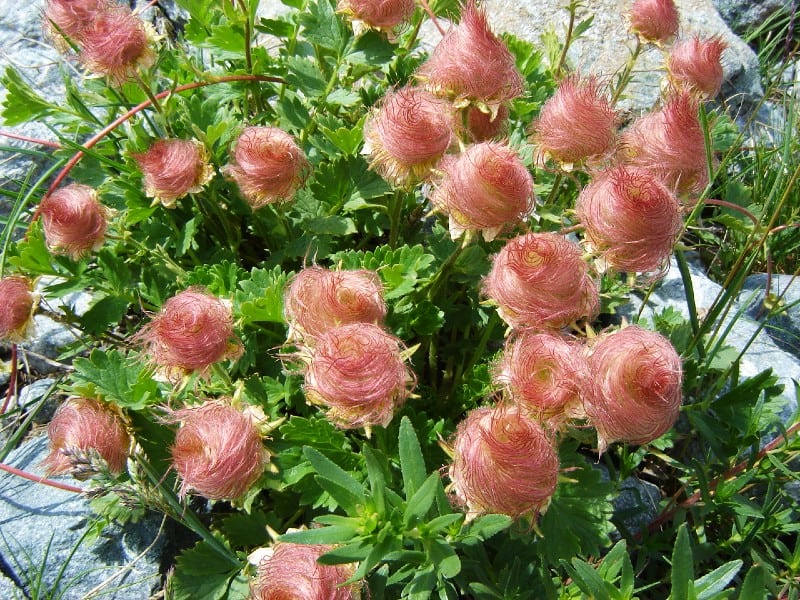
These fascinating plants are actually a member of the rose family, but unlike roses, try to imagine a different kind of bloom even when their flowers have already wilted!
Thinking of having this plant for the next planting season? Well, we have just the information you need to properly care for these lovelies. So, hold on to that hand shovel for a little while and keep on reading.
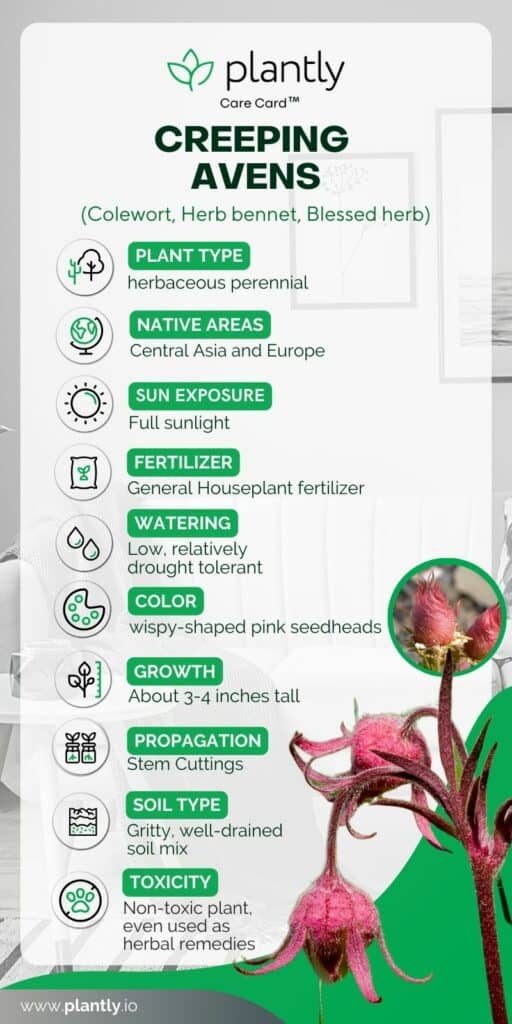
Creeping Avens Plant Care Basics
Although the optimal growing condition for these outdoor plants is not that hard to attain, a proper cultural management technique would go a long way. And even with a little background in gardening, you can successfully grow Geum reptans with the following steps.
Provide a suitable growing medium
Creeping avens grow best in a fertile and well-drained soil condition. Some even prefer a rocky gravelly soil texture. If you are used to turning your scrap wastes into compost, now is the time to make use of them, as these plants also enjoy soil full of nutrients and organic matter.
Remember to sterilize the soil before adding in the additional OM as you want to harbor good bacteria, not the ones that could cause disease to your plants. Yikes!
On top of that, establish them on a soil medium with neutral to slightly acidic pH (5.5 to 7.0). This is most preferred by creeping avens.
Water with Just the Right Amount
Geum reptans are relatively drought tolerant. Water them with just the right amount and they will surely give you an exquisite payback. Take note as well of the pot you will be using, make sure that there are sufficient holes in the base to allow proper drainage.
If the creeping avens are at their juvenile stage, water them twice or thrice a week for the first 14 to 21 days. For warmer climates, you can increase the frequency of watering up to four times a week.
Light Requirement for Optimum Growth
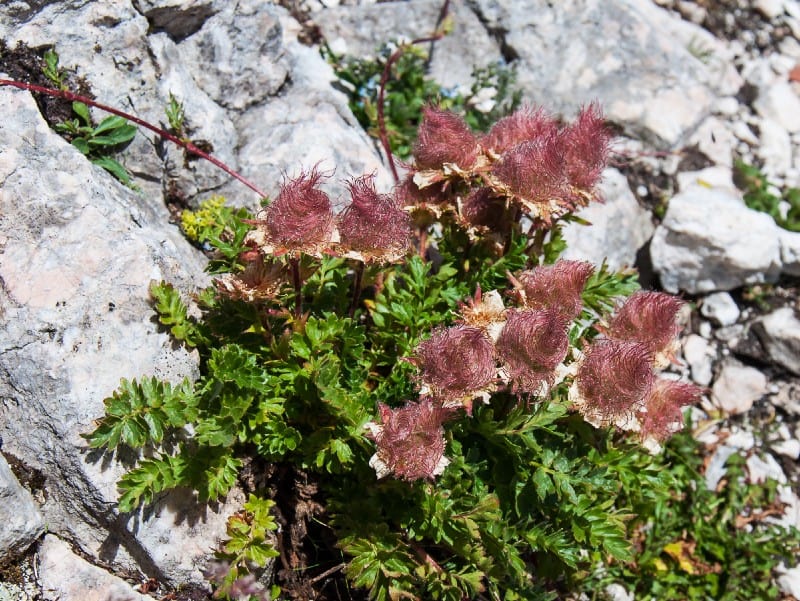
In growing Geum reptans, the sun is your friend, for they grow favorably in full sunlight, so putting them outdoor is highly encouraged. This is also the reason why growing them in the summer season is most ideal. Warmer climates, however, can also benefit from afternoon shade. Prolonged (more than 8 hours) sun exposure can scorch the leaves.
Flowering is most abundant in the late spring. And by early summer, these attractive yellow blooms transform into pink cotton candy-like seed heads.
Sadly, these perennial species are short-lived and won’t survive frost. But don’t worry. You can always plant the seeds directly on the ground in between spring and late summer.
Ideal Temperature Range for Geum reptans
Because the creeping avens would grow well in full sunlight, you are probably thinking that it may also be requiring a sufficient amount of heat. You’ve guessed it right. The ideal temperature for these perennial plants is between 10°F to 95°F (-12 °C to 35°C).
Growers may find regions with hot climates suitable, but creeping avens can also withstand periods of cold. However, its vulnerability to frost can’t be helped.
If you wish to have them ready by spring, allow seeds to germinate from 21- 28 days, and have them settle indoors. Giving them some TLC will surely reward you with blooming indoor plants.
Pay Attention to Humidity
In caring for Geum reptans, you must pay attention to the environment where you wanted them to thrive. They should neither be too dry or too humid. While these herbaceous plants may appear to be rigid, the manifestation of their sensitivity to a very humid environment is only just a matter of time.
Paired with warm temperature, the average humidity of 40% – 60% in your garden will favor optimum growth.
Use of Fertilizers is an Advantage

Thankfully, creeping avens do not require much fertilizer. But you can make use of what’s available as they will happily grow on a soil full packed with nutrients.
Compost and other OM amendments would go a long way. You can easily make them with fallen leaves, vegetable scraps, and cut grasses. This will make the soil richer and thus provide the right nutrients for the establishment of runners.
Grow Geum reptans by Cuttings or Seeds
You’d be delighted to know that these captivating plants can be grown by cuttings coming from a mature plant. You can also do this by removing plantlets at the end of each runner. If you have the patience and the desire to enrich your gardening experience, you can always start from seeds. I’d say go for it!
Know the Suitability of Your Area
Zone maps are a way to compare growing climates with the most suitable ones for a certain plant. An article suggests that creeping avens are suited to grow in USDA plant hardiness zones 4b to 8. To be certain, you can always refer to the USDA Hardiness Zone.
Potting is Not Necessary
You’ve read that right! Creeping avens don’t have to be potted. They’re often planted directly on the ground, but you can also put them in a container. While this task can be messy, rest assured that it’s easy.
Begin by preparing your medium added with a fair amount of compost. Be as gentle as you can in placing them to a new spot and ensure that roots are fully submerged before adding in the medium. Sprinkle them with just enough water and you’re done.
Pruning is Always an Option
As the name implies, creeping avens can creep through surfaces and thus may become invasive. But you can easily address this by pruning back the stems when they’ve become too long and too scattered.
Other Geum Plants to Grow
Don’t miss out and let’s explore some other geum varieties that you can also grow. All of which offers refreshing foliage and adorable flowers.
Prairie Smoke (Geum triflorum)
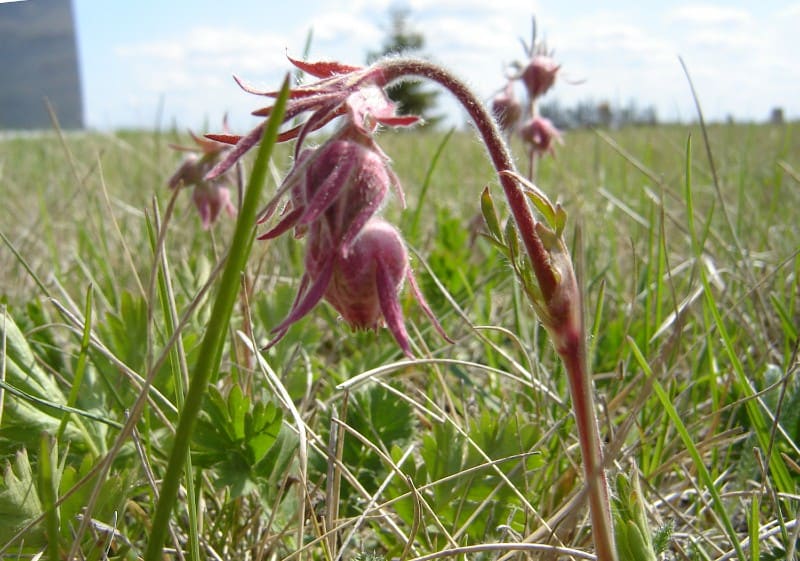
A member of the Geum species that grows up to 18 inches tall. They flower in late spring. Flaunts purple to pink almost drooping bowl-shaped blooms which later develop into fascinating seed heads. Flower styles appear elongated.
Dwarf Orange Avens (Geum coccineum)
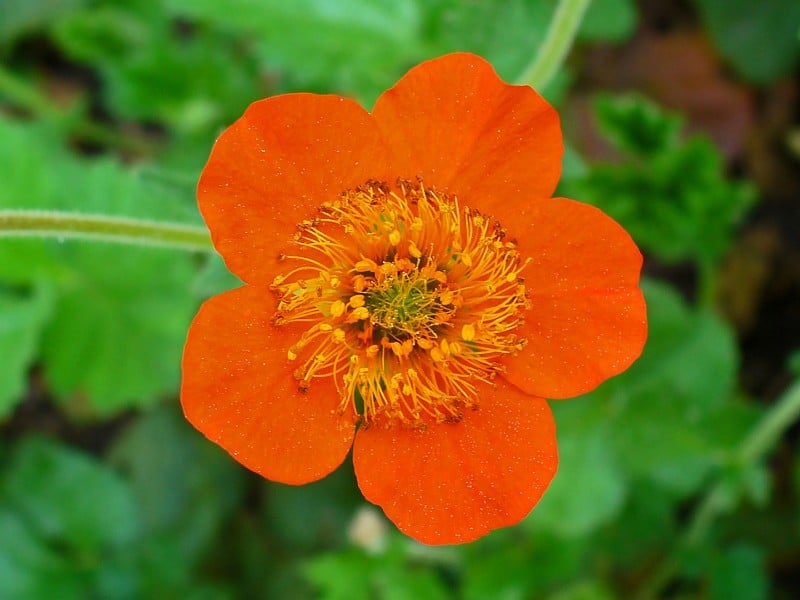
Native to Western Asia, these geum species have a low mound of leaves and a collection of bright orange flowers which will surely add variation to your assemblage of ornamentals. Ideal to be planted in locations with full sun and moist soil conditions.
Scarlet Avens (Geum quellyon)
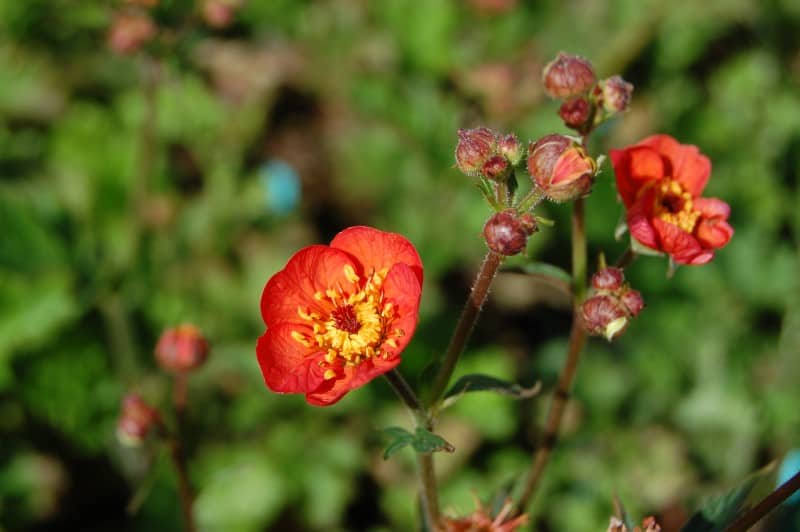
With its bright almost fiery orange flowers seated on top of shiny green foliage, you can never go wrong in planting these perennial species. They are also highly prolific in moist and well-drained soil.
Creeping Avens Diseases & Pests
It’s a relief to know that these plant species are quite resistant to pests and diseases. The only problem that you might encounter is the possible occurrence of root rot for poorly drained soils.
Frequently Asked Questions
To some extent, if they are not pruned regularly, these creeping herbs can become invasive.
Geum reptans L. is a member of a species of perennial herbs that belongs to the Rosaceae family. Its strawberry-like runners and buttery yellow flowers which turn into a fuzzy seed head are what make it a unique plant to grow.
Creeping avens can easily be grown through seeds or mature plants. Given the right growing condition and access to full sunlight, they should be able to thrive under well-drained soil even with as little water needed.
Feel like giving these lovelies a chance to bloom in your garden? Go to Plantly and check out our geum plants collection!
Whether you want to buy, sell or simply reach out to other plant enthusiasts, Plantly is the right place to be!


